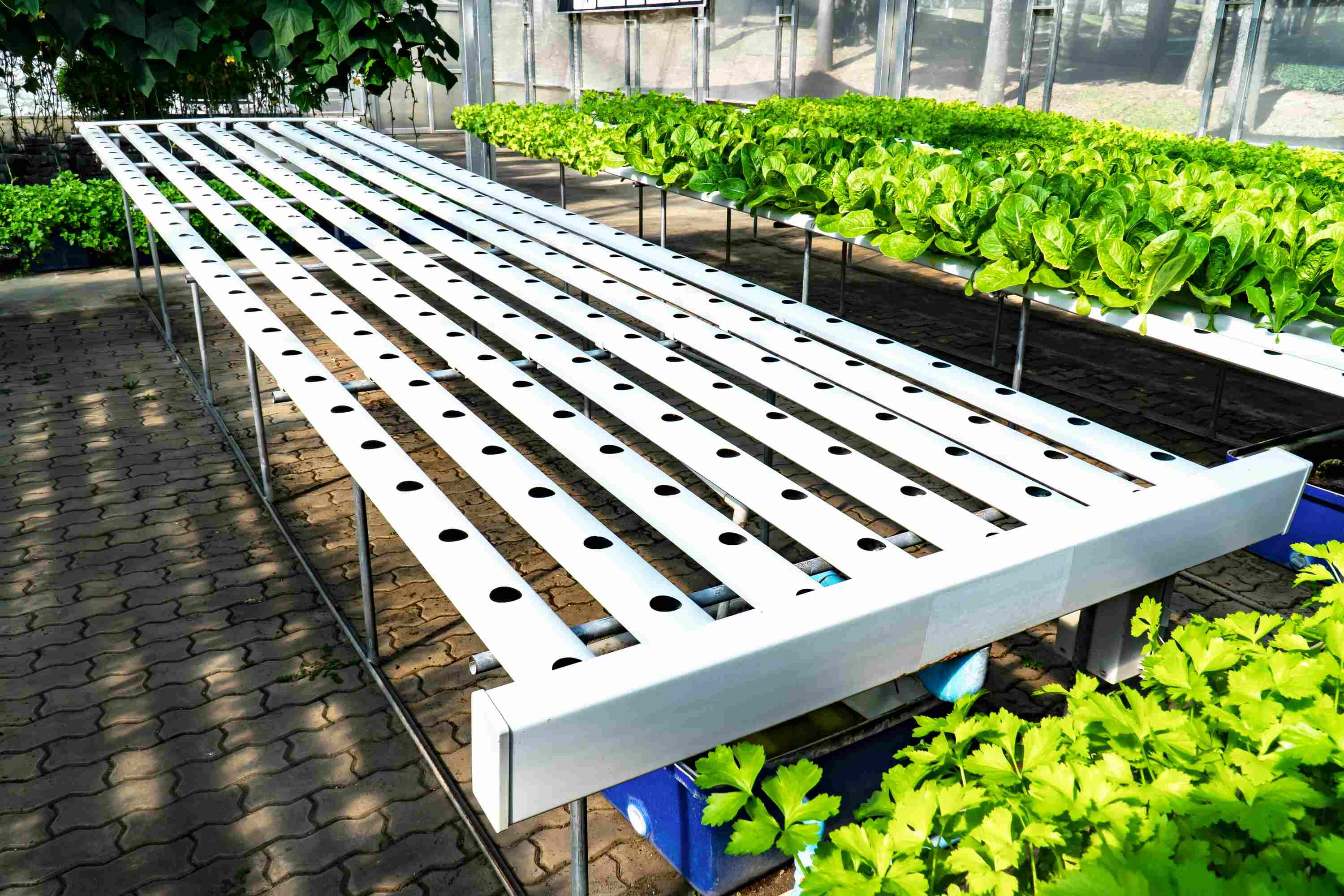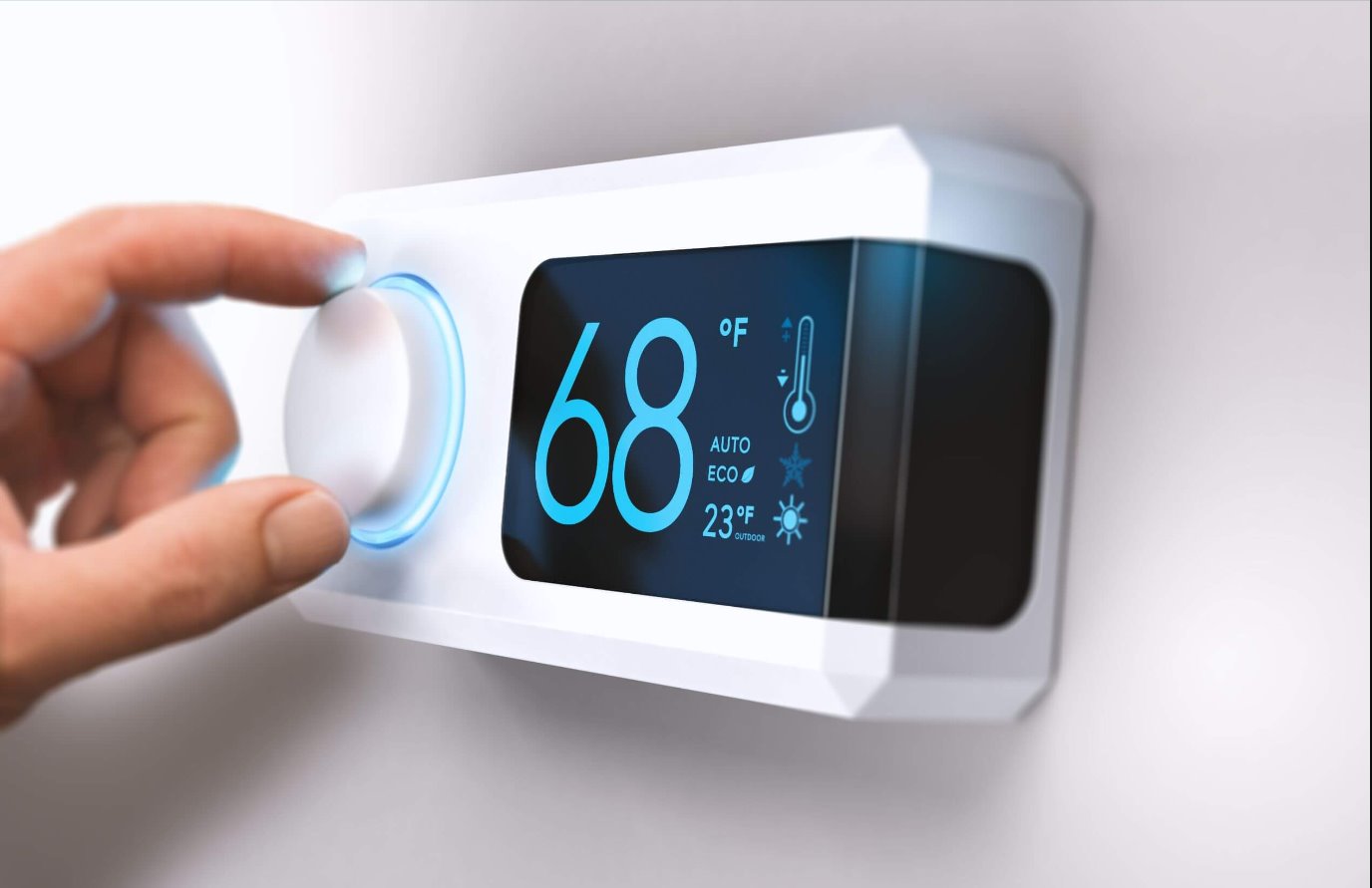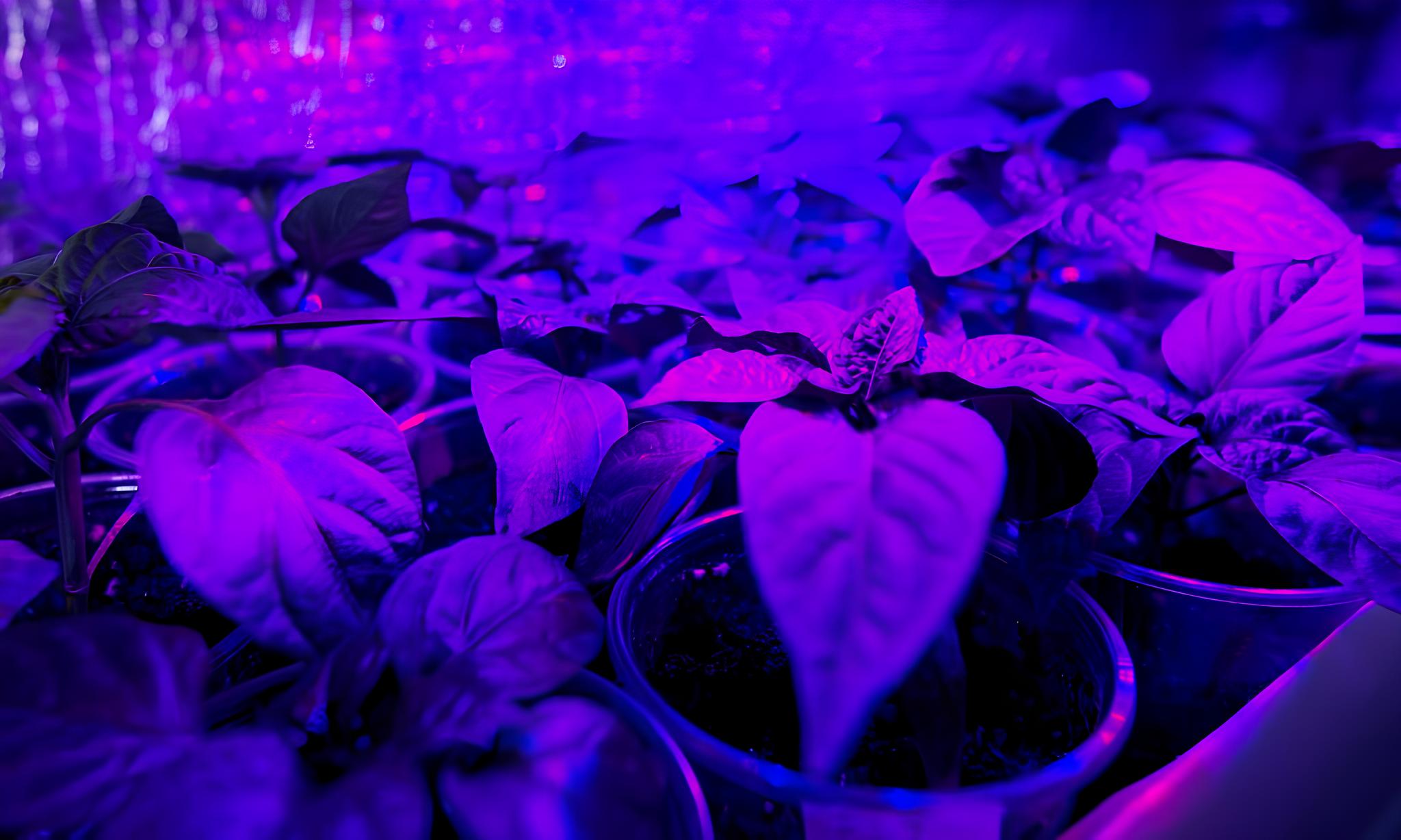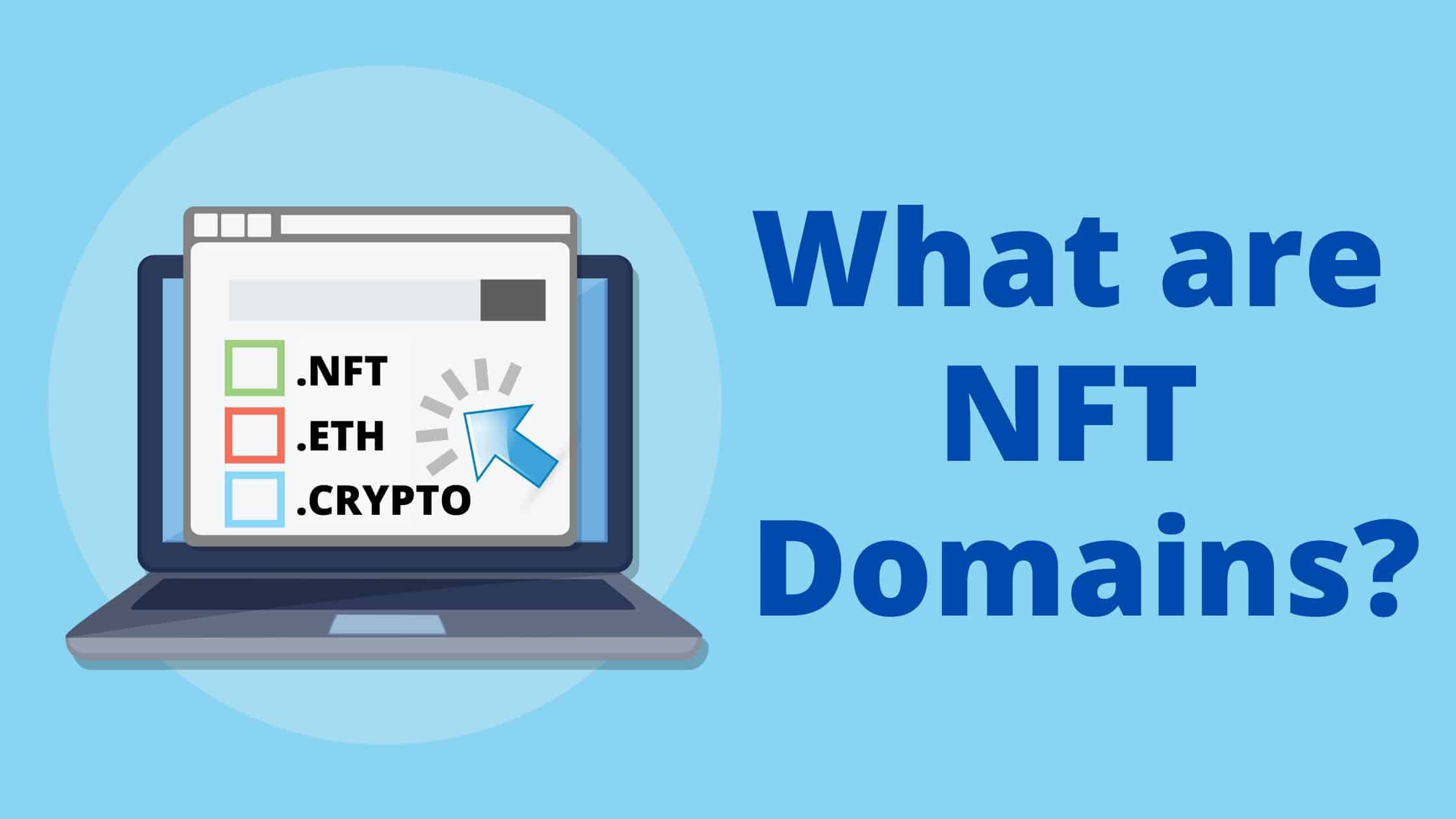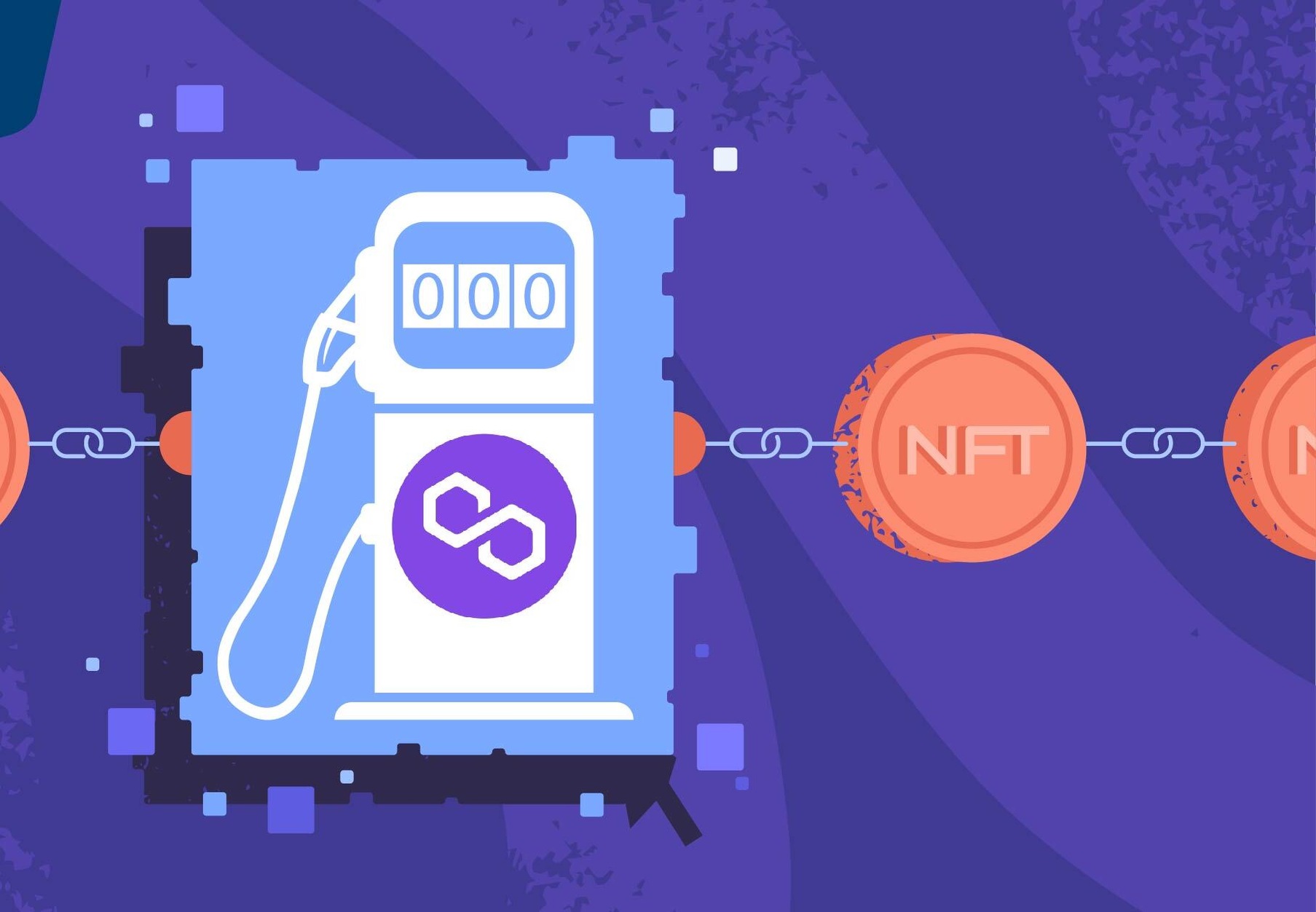Introduction
Welcome to the world of NFT Hydroponic Systems – a modern and efficient method of growing plants without soil. Whether you are a seasoned gardener looking for a new challenge or a beginner interested in exploring the world of hydroponics, building an NFT (Nutrient Film Technique) Hydroponic System is a rewarding and innovative way to cultivate plants.
Hydroponics is gaining popularity around the world due to its numerous advantages over traditional soil-based gardening. By harnessing the power of water and nutrients, NFT Hydroponic Systems offer optimal growing conditions, resulting in faster growth, increased yields, and healthier plants.
Our comprehensive guide will walk you through the step-by-step process of building and maintaining your own NFT Hydroponic System. From assembling the necessary materials to transplanting seedlings and finally harvesting your crops, we’ll provide you with all the information and tips you need to succeed. So, let’s dive in!
What is an NFT Hydroponic System?
An NFT (Nutrient Film Technique) Hydroponic System is a type of hydroponic gardening method that utilizes a thin film of nutrient-rich water flowing over the roots of plants. In an NFT system, plants are grown in a series of shallow channels or tubes, allowing them to access a constant supply of water and nutrients. Unlike other hydroponic systems that use a growing medium to support the plants, NFT systems rely solely on the nutrient-rich solution.
The concept behind an NFT Hydroponic System is simple yet effective. The plants’ roots are suspended in a shallow channel, and the nutrient solution is pumped continuously through the system, creating a thin film of water that flows over the roots. As the water moves along the channel, the roots absorb the necessary nutrients and oxygen. The excess solution then drains back into the reservoir, ready to be recirculated through the system.
One of the key benefits of NFT Hydroponic Systems is their efficiency in water and nutrient utilization. The continuous flow of nutrient solution allows plants to uptake the necessary elements while preventing waterlogging or nutrient imbalances. Additionally, the absence of a growing medium reduces the risk of disease and pests, making NFT systems easier to maintain and ensuring healthier plant growth.
NFT Hydroponic Systems are highly suitable for growing a wide variety of plants, including leafy greens like lettuce and herbs, as well as strawberries, tomatoes, and peppers. The controlled environment of the NFT system provides optimal conditions for plants to thrive, resulting in faster growth, higher yields, and nutrient-rich produce.
Next, we will explore the various benefits that NFT Hydroponic Systems offer over traditional soil-based gardening methods.
Benefits of NFT Hydroponic Systems
NFT Hydroponic Systems offer a range of advantages over traditional soil-based gardening methods. Here are some key benefits:
1. Water Efficiency: NFT systems are highly efficient in water usage. The continuous flow of nutrient solution allows plants to access the necessary water without excessive waste. Compared to traditional gardening, where a significant amount of water is lost through evaporation and runoff, NFT hydroponics can save up to 90% of water.
2. Space Optimization: NFT systems are vertical and space-efficient, making them ideal for urban environments or small gardens. The channels or tubes can be stacked or arranged in tight spaces, maximizing the use of available area and enabling gardeners to grow more plants in a smaller footprint.
3. Faster Growth and Higher Yields: NFT systems provide plants with constant access to water, nutrients, and oxygen. This optimal growing environment promotes faster growth rates, allowing plants to reach maturity more quickly. Additionally, the nutrient-rich solution in an NFT system enables plants to produce larger, healthier yields compared to traditional soil-based gardening.
4. Reduced Risk of Disease and Pests: By eliminating the need for soil as a growing medium, NFT hydroponics significantly reduces the risk of soil-borne diseases and pests. This makes it easier to maintain plant health and minimizes the need for harmful pesticides or chemicals, resulting in cleaner and safer produce.
5. Year-round Cultivation: NFT systems provide a controlled environment for plants, allowing for year-round cultivation. With adjustable lighting, temperature, and nutrient levels, indoor NFT hydroponics enable gardeners to grow crops regardless of external weather conditions, making it an excellent option for sustained food production and consistent harvests.
6. Sustainability: NFT hydroponics promotes sustainable gardening practices. With the ability to recycle and reuse nutrient solutions, reduce water consumption, and minimize environmental impacts, NFT systems align with the principles of eco-friendly, resource-efficient farming.
In addition to these benefits, NFT hydroponics can be an enjoyable and educational experience. It offers a hands-on approach to understand plant biology, experiment with different nutrient solutions, and explore the fascinating world of hydroponic gardening.
Now that we have explored the advantages of NFT Hydroponic Systems, let’s move on to the materials needed to build your own system.
Materials Needed
Before you embark on building your NFT Hydroponic System, it’s important to gather all the necessary materials. Here’s a list of what you’ll need:
1. NFT Channels: These are the main components of your system, where the plants will be placed. NFT channels are typically made of PVC pipes or plastic gutters, which provide a sturdy and lightweight structure for your plants to grow.
2. Growing Pots or Net Cups: You’ll need pots or net cups to hold your plants in the NFT channels. These can be small plastic pots or cups with holes at the bottom to allow water and nutrients to reach the roots.
3. Submersible Pump: A submersible pump will be used to circulate the nutrient-rich solution through your NFT system. Look for a pump that is suitable for hydroponic systems and has an adjustable flow rate to meet the needs of your plants.
4. Nutrient Solution: This is the key to providing your plants with essential nutrients for growth. Opt for a high-quality hydroponic nutrient solution that is specifically formulated for the type of plants you’ll be growing.
5. Net Pots with Grow Cubes: Net pots are used to hold your seedlings in the early stages of growth. They provide support and allow the roots to dangle into the nutrient solution. Grow cubes, such as Rockwool or coconut coir, are commonly placed in the net pots to provide a suitable medium for seedling development.
6. Timer: A timer is essential for controlling the on/off cycles of your submersible pump. This ensures a regular flow of nutrient solution through the NFT channels, promoting healthy plant growth.
7. pH and EC Meter: Maintaining the correct pH and nutrient levels is crucial for the success of your NFT system. pH and EC meters are used to monitor and adjust the acidity and nutrient concentration of your solution to optimal levels for plant growth.
8. Growing Medium (optional): While NFT systems typically don’t require a growing medium, you can choose to include a small amount of inert medium like perlite or vermiculite in the net pots to offer additional support to your plants.
9. Reservoir or Tank: This is where you will store the nutrient solution. The size of the reservoir will depend on the scale of your NFT system and the number of plants you plan to grow.
10. Lighting (for indoor systems): If you are setting up an indoor NFT system, you’ll need appropriate lighting such as fluorescent lamps or LED grow lights to provide the necessary light spectrum for photosynthesis.
11. Miscellaneous Tools: Don’t forget to gather basic tools such as a drill, measuring tape, saw, and pipe cutter to help with the assembly of your NFT system.
Now that you have all the materials ready, let’s move on to the step-by-step process of assembling your NFT Hydroponic System.
Step 1: Assembly of the NFT Hydroponic System
Now that you have gathered all the necessary materials, it’s time to start assembling your NFT Hydroponic System. Follow these steps:
1. Planning the Layout: Determine the available space and plan the layout of your NFT system. Consider factors such as accessibility, lighting, and proximity to a power source. Sketch out a rough diagram to visualize the arrangement of the NFT channels and other components.
2. Install the NFT Channels: Begin by installing the NFT channels in the desired configuration. Secure them to a frame or support structure, ensuring they are level and properly aligned. You can use brackets, clamps, or adhesive to secure the channels in place.
3. Set Up the Reservoir: Position your reservoir or tank in a convenient location. Ensure it is stable and level. Connect the submersible pump to the reservoir, and place the pump at the bottom to properly circulate the nutrient solution. If needed, use tubing or hoses to connect the pump to the NFT channels.
4. Install the Submersible Pump Timer: Configure the timer to control the pump’s on/off cycles. This will regulate the flow of nutrient solution through the NFT channels. Set the timer based on the specific requirements of your plants, ensuring they receive an adequate amount of solution without overwatering. Test the timer to ensure it is functioning correctly.
5. Attach Net Pots to the NFT Channels: Place the net pots or cups with seedlings inside them into the holes along the NFT channels. Ensure that the roots come into contact with the flowing nutrient solution. Adjust the spacing between the net pots based on the growth requirements of your plants.
6. Set Up the Nutrient Solution: Mix the hydroponic nutrient solution according to the instructions provided. Adjust the pH and nutrient levels using a pH and EC meter to ensure they are within the optimal range for your plants. Fill the reservoir with the prepared solution, ensuring that the pump is submerged.
7. Test the System: Turn on the pump and observe the flow of the nutrient solution through the channels. Check for any leaks or blockages and make adjustments as necessary. Monitor the pH and nutrient levels regularly to maintain optimal conditions for plant growth.
8. Provide Adequate Lighting (for indoor systems): If you have set up an indoor NFT system, position the lighting source at an appropriate distance above the plants. Adjust the light cycle to mimic natural daylight patterns, providing your plants with the required intensity and duration for photosynthesis.
Congratulations! You have successfully assembled your NFT Hydroponic System. In the next step, we will guide you through the preparation of seedlings for transplanting into the system.
Step 2: Preparing Seedlings
Now that your NFT Hydroponic System is assembled and ready, it’s time to prepare the seedlings for transplanting. Follow these steps to ensure successful growth:
1. Choose Healthy Seedlings: Select healthy and disease-free seedlings that are suitable for hydroponic cultivation. Consider the specific requirements of the plants you intend to grow, such as sunlight, temperature, and nutrients.
2. Pre-soak the Grow Medium: If you are using grow cubes, such as Rockwool or coconut coir, pre-soak them in water to ensure they are fully saturated. This will provide an optimal environment for germination and initial root development.
3. Place the Seedlings in Net Pots: Gently remove the seedlings from their containers and place each one in a net pot. Ensure that the roots are well-positioned and not damaged during the process. Carefully fill any gaps in the net pot with the pre-soaked grow medium, providing stability to the seedling.
4. Adjust Lighting and Temperature: Place the net pots with the seedlings in a location that provides the appropriate lighting and temperature. If you are using an indoor NFT system, position the pots under the grow lights and adjust the light cycle to facilitate healthy growth.
5. Monitor Nutrient Solution Levels: Ensure that the nutrient solution is circulating through the NFT channels and reaching the roots of the seedlings. Maintain the proper pH and nutrient levels based on the requirements of the plants. Monitor the growth and health of the seedlings, making adjustments as necessary.
6. Support Seedling Development: As the seedlings grow, provide support if necessary. Use stakes or clips to guide the plant’s stems in an upright position. This helps to prevent bending or damage to the fragile seedling.
7. Harden Off the Seedlings: Before transplanting the seedlings into the NFT system, gradually acclimate them to the growing conditions. Expose the seedlings to increasing amounts of light, lower humidity levels, and slightly cooler temperatures. This process helps them adapt and prevents shock when transferred to the hydroponic system.
By following these steps, you will ensure that your seedlings are well-prepared and ready for successful transplantation into your NFT Hydroponic System. In the next step, we will guide you through adding the nutrient solution to your system.
Step 3: Adding Nutrient Solution
Now that your seedlings are prepared, it’s time to add the nutrient solution to your NFT Hydroponic System. Follow these steps to ensure a balanced and effective nutrient supply:
1. Mix the Nutrient Solution: Follow the instructions provided with your hydroponic nutrient solution to create a well-balanced mix. Measure out the appropriate amounts of the nutrient solution components and dissolve them in water. Stir well to ensure complete integration.
2. Adjust pH and EC Levels: Use a pH and EC meter to test the acidity (pH) and nutrient concentration (EC) of the prepared solution. Adjust the pH to the optimal range for your specific plants by adding pH-adjusting solutions. Similarly, adjust the EC level if necessary, ensuring it meets the recommended range for hydroponic cultivation.
3. Fill the Reservoir: Carefully pour the prepared nutrient solution into the reservoir of your NFT system. Ensure that the solution completely covers the pump, allowing it to function properly and circulate the solution through the system.
4. Monitor Nutrient Solution Levels: Regularly check the level of the nutrient solution in the reservoir. As the plants absorb water and nutrients, it may need to be replenished periodically to maintain the desired level. Add more solution as needed, making sure it is well-mixed and properly balanced.
5. Monitor pH and EC Levels: Continuously monitor the pH and EC levels of the nutrient solution throughout the growing cycle. Adjust as necessary to ensure that the plants receive the optimal nutrient balance and pH conditions for healthy growth. Regular monitoring will help prevent nutrient deficiencies or toxicities.
6. Inspect for System Efficiency: Observe the flow of the nutrient solution through the NFT channels. Ensure that there are no leaks or blockages that may hinder the circulation. Check the functioning of the submersible pump and the timer to ensure consistent delivery of the solution.
7. Periodically Replace the Nutrient Solution: Over time, the nutrient solution may become depleted or imbalanced. It’s essential to periodically replace the solution to maintain optimal plant health and productivity. Follow the recommended schedule for solution replacement based on the specific requirements of your plants.
By following these steps and regularly monitoring the nutrient solution levels, pH, and EC, you will provide your plants with the necessary nourishment for robust growth and abundant production. Next, we will guide you through the process of transplanting the seedlings into your NFT Hydroponic System.
Step 4: Transplanting Seedlings to the System
With your NFT Hydroponic System ready and the nutrient solution prepared, it’s time to transplant the seedlings into the system. Follow these steps to ensure a successful transition:
1. Prepare the NFT Channels: Ensure that the NFT channels are clean and free from debris. Clear any obstructions or excess grow medium that may interfere with the flow of the nutrient solution. Check that the channels are level and securely fastened.
2. Carefully Remove Seedlings from Net Pots: Gently remove the seedlings from the net pots or cups, being careful not to damage the delicate roots. If the roots have grown through the net pot, you can carefully trim them to allow for easier placement in the channels.
3. Place Seedlings in the NFT Channels: Position the seedlings in the openings or holes along the NFT channels, ensuring that the roots are in contact with the thin film of nutrient solution flowing through the channels. If necessary, provide additional support to the seedlings using stakes or clips.
4. Adjust Spacing Between Seedlings: Leave adequate spacing between the seedlings to allow for proper growth and airflow. Overcrowding can lead to competition for nutrients and light, resulting in stunted growth. Adjust the spacing based on the mature size of the plants you are growing.
5. Secure the Seedlings: Once the seedlings are in place, secure them by gently packing some growing medium, such as perlite or vermiculite, around the base of each plant. This will help stabilize the seedlings and prevent them from shifting or falling out of the channels.
6. Monitor Transplanted Seedlings: Keep a close eye on the transplanted seedlings for the first few days to ensure they are adjusting well to the system. Monitor their growth, overall health, and root development. Make any necessary adjustments to the nutrient solution levels, pH, or EC to provide optimal growing conditions.
7. Gradually Increase Flow: Initially, you may want to start with a slower flow rate of the nutrient solution to allow the seedlings to acclimate to the new system. As they establish themselves and root growth improves, gradually increase the flow rate to ensure ample nutrient uptake.
8. Regularly Check and Maintain the System: Continuously monitor the NFT system for proper functioning. Regularly check for clogs, leaks, or any other issues that may hinder the flow of the nutrient solution. Clean the system periodically to prevent algae or bacterial growth that could affect plant health.
By following these steps and providing the necessary care and attention, your transplanted seedlings will thrive in the NFT Hydroponic System. In the next step, we will guide you through the maintenance of the NFT system to ensure optimal growth and productivity.
Step 5: Maintaining the NFT Hydroponic System
Proper maintenance of your NFT Hydroponic System is crucial for ensuring optimal plant growth and productivity. Follow these steps to keep your system in excellent condition:
1. Monitor Nutrient Solution Levels: Regularly check the nutrient solution levels in the reservoir. Ensure that there is sufficient solution to adequately reach the roots of the plants. Adjust the solution level as necessary, taking care not to overfill the reservoir.
2. Maintain pH and EC Levels: Continuously monitor the pH and EC levels of the nutrient solution using a pH and EC meter. Adjust the pH and nutrient levels as needed to keep them within the optimal range for your plants. Maintaining proper nutrient balance is essential for healthy growth.
3. Check for Clogs and Blockages: Regularly inspect the NFT channels for any clogs or blockages that may impede the flow of the nutrient solution. Clear out debris or root growth that may obstruct the channels. This will ensure that the solution reaches all the plants evenly.
4. Monitor Lighting and Temperature: If you are using an indoor NFT system, regularly check the lighting conditions to ensure that the plants are receiving the appropriate amount and quality of light. Monitor the temperature as well, aiming for a range that suits the plants’ specific requirements.
5. Prune and Train Plants: As your plants grow, regularly prune or trim them to maintain an optimal size and shape. Remove any dead or diseased leaves to prevent the spread of pests or diseases. Train vining plants to grow along the NFT channels, ensuring that they don’t obstruct the flow of the nutrient solution.
6. Prevent Algae and Bacterial Growth: Keep the NFT system clean to prevent the growth of algae or harmful bacteria. Regularly clean the NFT channels, reservoir, and any other components of the system with a mild disinfectant. This will help maintain a healthy environment for your plants.
7. Ensure Proper Air Circulation: Adequate air circulation is essential for healthy plant growth. Make sure the area surrounding the NFT system has good ventilation. Use fans or open windows to promote air movement and prevent stagnant air that can lead to moisture-related issues.
8. Regularly Inspect and Maintain Hardware: Check all the components of the NFT system, such as the pump, timer, and tubing, for any signs of wear or malfunction. Repair or replace any faulty parts to ensure the proper functioning of the system.
9. Monitor Plant Health: Regularly evaluate the health and growth of your plants. Look for signs of nutrient deficiencies, pests, or diseases. Take action promptly to address any issues and maintain the overall well-being of your plants.
By following these maintenance steps and providing regular care and attention, you will sustain a productive and thriving NFT Hydroponic System. In the final step, we will guide you through the rewarding process of harvesting and enjoying the fruits of your labor.
Step 6: Harvesting and Enjoying the Fruits of Your Labor
After weeks of careful nurturing, it’s time to harvest the fruits of your labor from your NFT Hydroponic System! Follow these steps to ensure a successful and satisfying harvest:
1. Monitor Plant Maturity: Regularly assess the maturity of your plants to determine the ideal time for harvest. Different crops have different signs of readiness, such as color changes, firmness, or size. Refer to plant-specific guidelines to identify the best time for harvesting.
2. Prepare Harvesting Tools: Gather the necessary tools for harvesting, such as scissors or pruners. Ensure they are clean and sharp to avoid damaging the plants during the harvest process.
3. Harvest with Care: Cut or gently twist the mature vegetables or herbs from the plant, taking care not to damage adjacent plants or the NFT system itself. Handle the harvested produce delicately to prevent bruising or other damage.
4. Clean and Rinse: After harvesting, gently wash the produce to remove any dirt or residue. Use cool water and handle them with care to preserve their quality.
5. Enjoy Fresh or Store: Immediately enjoy your freshly harvested produce in your favorite recipes or salads. Alternatively, store them in a cool, dry place or in the refrigerator to maintain freshness and extend their shelf life.
6. Maintain System Stability: After harvesting, make sure to maintain the stability of your NFT Hydroponic System. Regularly check for any clogs, leaks, or issues that may arise. Keep the nutrient solution levels and pH properly balanced for ongoing plant health.
7. Plan for Succession Planting: Once you have harvested your crops, plan for succession planting to maximize the productivity of your NFT system. Start new seedlings to replace the harvested plants and ensure a continuous supply of fresh produce.
8. Reflect and Learn: Take some time to reflect on your hydroponic gardening journey. Observe and learn from your successes and challenges. Adjust your approach if needed to optimize future harvests and improve your skills as a hydroponic gardener.
Congratulations on successfully harvesting your hydroponic crops! Take a moment to savor the satisfaction of growing your own fresh and flavorful produce. Your NFT Hydroponic System has proven to be a rewarding and sustainable method of cultivation.
We hope this guide has provided you with the knowledge and confidence to build, maintain, and enjoy the benefits of an NFT Hydroponic System. Happy gardening!
Conclusion
Congratulations on completing your journey into the world of NFT Hydroponic Systems! By following the steps outlined in this guide, you have gained the knowledge and skills to build, maintain, and harvest from your own hydroponic garden.
NFT Hydroponic Systems offer numerous benefits such as water efficiency, space optimization, faster growth, higher yields, reduced risk of disease, and year-round cultivation. With careful monitoring and maintenance, you can provide optimal growing conditions for your plants and enjoy the bountiful rewards of your labor.
Remember to continuously monitor the nutrient solution, pH, and EC levels to ensure that your plants receive the vital nutrients they need. Regularly inspect the system for any issues, such as clogs or leaks, and maintain proper air circulation to promote healthy growth.
As you embark on your hydroponic gardening journey, don’t be afraid to experiment and learn from both successes and challenges. Each plant you grow will provide valuable insights that will further enhance your skills as a hydroponic gardener.
Whether you choose to grow leafy greens, herbs, or even fruiting crops like strawberries or tomatoes, the possibilities with NFT Hydroponic Systems are endless. Enjoy the satisfaction of harvesting fresh and flavorful produce that you cultivated using this innovative and sustainable growing method.
We hope this guide has equipped you with the knowledge and confidence to embark on your own NFT Hydroponic adventure. Now, it’s time to roll up your sleeves, dive into the world of hydroponics, and experience the joy of growing your own nutritious and delicious plants!







